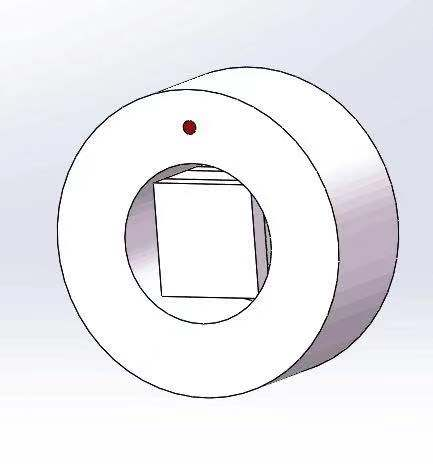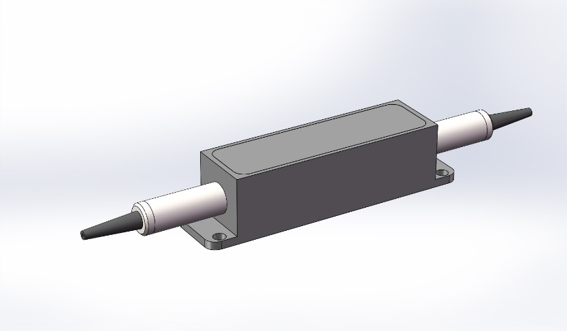What is Optical Isolator and How Does it Work?
2024-06-15
Optical isolators are critical components in optical communication systems, laser systems, and various scientific applications. They are designed to allow light to pass in one direction only, effectively preventing unwanted back reflections and feedback that can destabilize or damage laser sources and other optical components.
An optical isolator, is a passive device used in optical systems to allow light transmission in a single direction while blocking light traveling in the opposite direction. This unidirectional flow of light is crucial in protecting laser sources from back reflections, which can lead to noise, instability, or even damage to the laser.
The basic working principle of an optical isolator involves the use of Faraday rotation and polarization. The device typically consists of three main components:
Polarizer: Aligns the incoming light to a specific polarization state.
Faraday Rotator: Utilizes the Faraday effect to rotate the plane of polarization of the light by 45 degrees.
Analyzer: A second polarizer, aligned to pass the rotated light while blocking light that has been reflected back through the system.
When light enters the isolator, it passes through the first polarizer, ensuring that the light is linearly polarized. The Faraday rotator then rotates this polarization by 45 degrees. The light, now with a rotated polarization state, passes through the second polarizer (analyzer) which is aligned to allow this specific polarization. If light reflects back towards the source, it undergoes another 45-degree rotation in the Faraday rotator, making it orthogonal to the first polarizer, which blocks its passage, thus isolating the source from any feedback.
GLSUN offers a variety of optical isolators, each designed for specific applications and requirements.
The primary types include:
Free Space Isolator: Used in free space optical setups where light is transmitted through the air or vacuum. These isolators are essential in high-precision laser applications.
In-Line Optical Isolator: These are fiber-coupled isolators used in fiber optic communication systems to prevent back reflections within the fiber network.
High Power Optical Isolator: Designed to handle high power levels, these isolators are used in high-power laser applications to prevent damage from reflected light.
Key features of GLSUN optical isolators include:
High Isolation: Ensuring effective prevention of back reflections, enhancing the stability and performance of optical systems.
Low Insertion Loss: Minimizing the loss of signal strength as light passes through the isolator, crucial for maintaining signal quality in communication systems.
Broad Wavelength Range: GLSUN isolators are designed to operate efficiently across a wide range of wavelengths, making them versatile for various applications.
Compact and Robust Design: Ensuring durability and ease of integration into existing systems.
Optical isolators are essential components in protecting optical systems from the detrimental effects of back reflections and feedback. GLSUN offers a diverse range of high-quality optical isolators, each designed to meet specific application needs with high performance and reliability. By integrating GLSUN optical isolators into your optical systems, you can ensure enhanced stability, efficiency, and protection for your optical components and laser sources.








